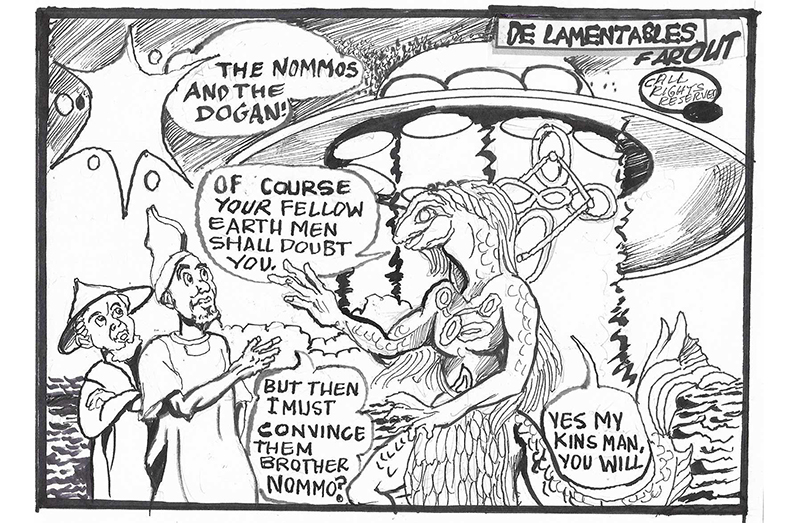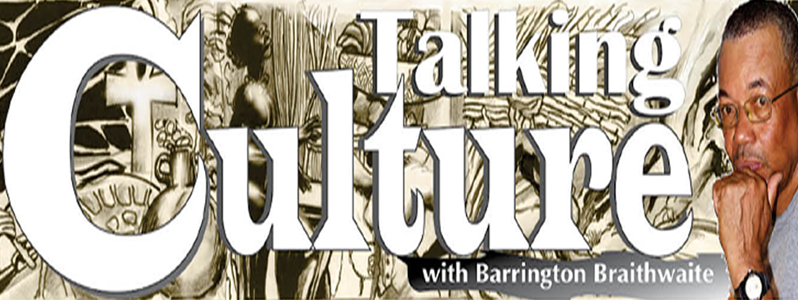LAST week, I treated an exploration of mythology that I hinted had matured beyond expectation, but I never explained in the article what was the symbolism and the mystique. A young friend and two of his introduced crew stopped me and enquired about the Dogon—a people he had never heard of—and their mystery. That proved their belief system was interesting enough. So, I’ll revisit the Dogon in this article and see how much I can complete this unfinished work. There are several publications on the subject, and I will draw sources from a few, including Robert Temple’s The Sirius Mystery and Places of Peace and Power by Martin Grey—an internet site that would be most helpful.
But before I continue, I want to advise colleagues who have small home libraries that don’t have doors: add a door that’s kept closed in case a friendly visitor becomes inspired to take things for granted with your book collection. Yes, I’ve been there—on the losing side.
 The Dogon mythology, when explored, leads to their links back in time to ancient Khemet, Sumeria and other related civilisations. But not to confuse things with what was mentioned before in the first article—let me proceed and present a summary.
The Dogon mythology, when explored, leads to their links back in time to ancient Khemet, Sumeria and other related civilisations. But not to confuse things with what was mentioned before in the first article—let me proceed and present a summary.
From the late 1940s, Dogon priests greatly surprised the French anthropologists Griaule and Dieterlen by telling them secret Dogon myths about the star Sirius, 8.6 light years from the Earth. They also stated that the star moved in a 50-year elliptical orbit around Sirius, that it was small and incredibly heavy, and that it rotated on its axis. Many artefacts were found describing the star system, including a statue examined by Dieterlen that is at least 400 years old. The Dogon also described a third star in the Sirius system called Emme Ya. Larger and lighter than Sirius B, this star revolves around Sirius as well. Around the star Emme Ya, orbits a planet from which the mythic Nommos came.
Incidentally, the Nommos were amphibious visitors and beings of kinship to the Dogon. The Dogon were beneficiaries of the Nommos, who awakened their cosmic awareness. But what makes this so remarkable is that the companion star of Sirius, referred to as Sirius B, was first photographed in 1970. The Dogon beliefs, on the other hand, are undoubtedly thousands of years old.
To the two sources mentioned here, I wish to add The Science of the Dogon by Laird Scranton. Good hunting.



.jpg)










